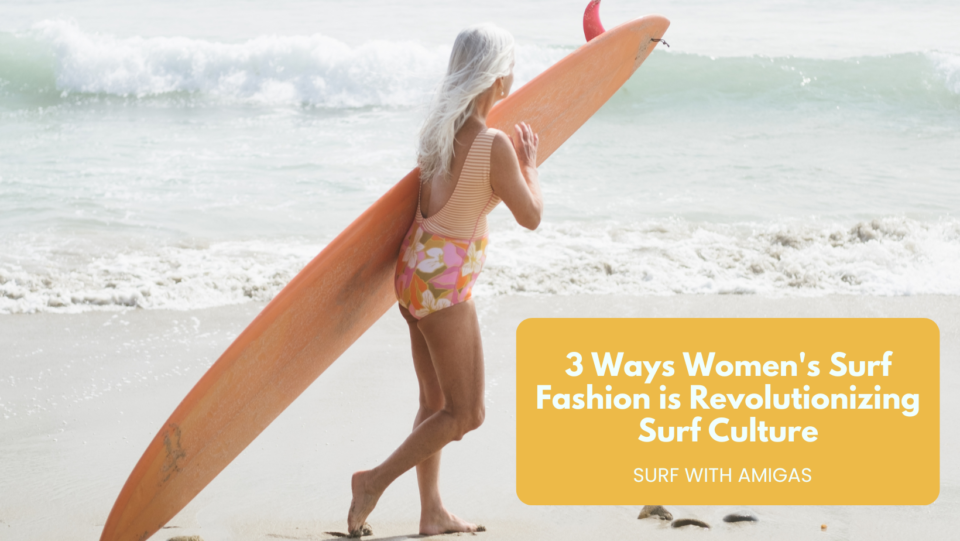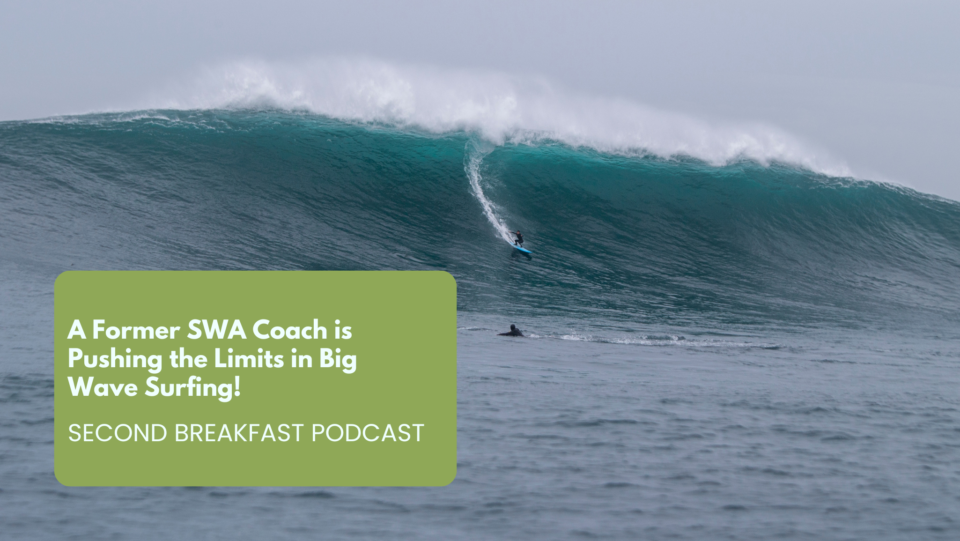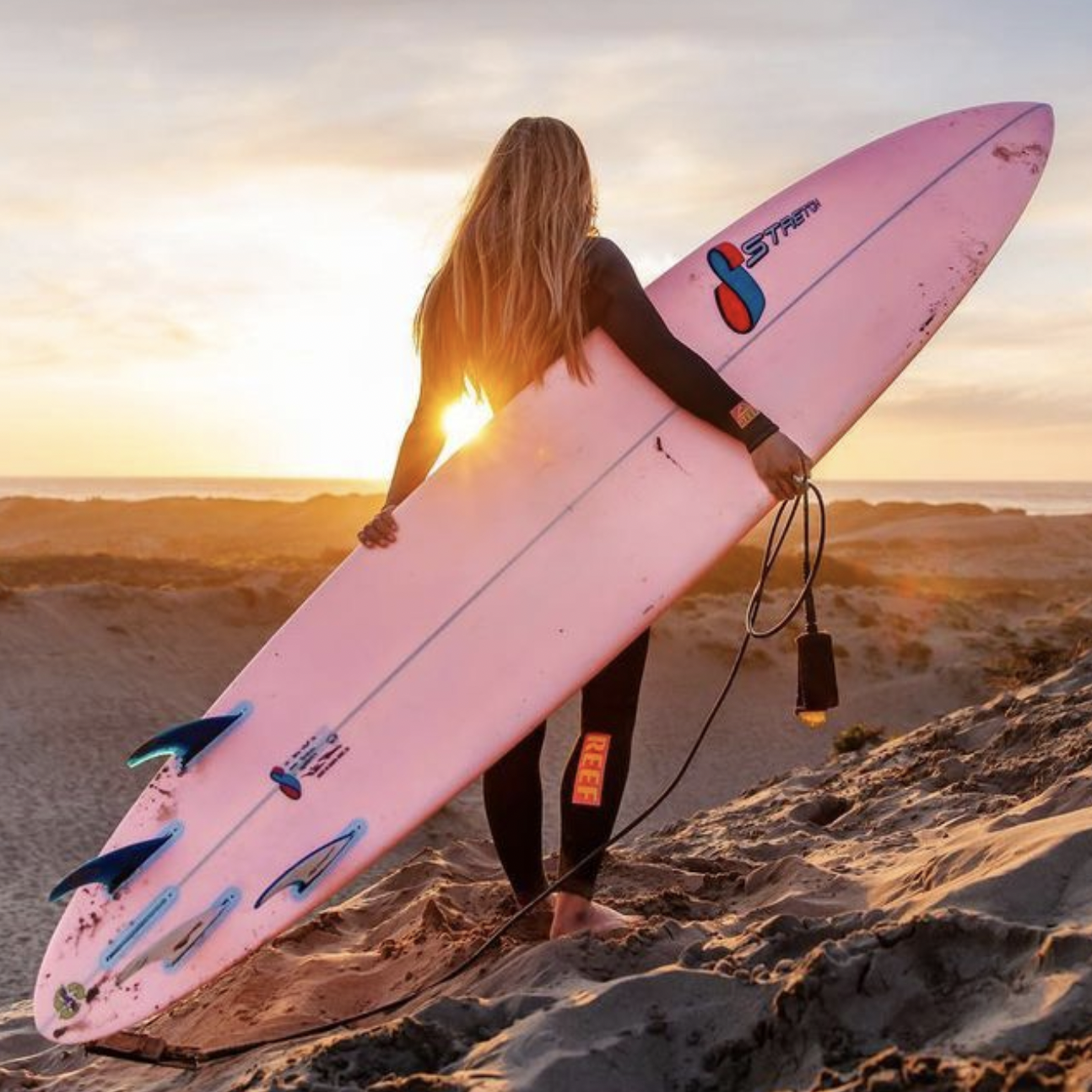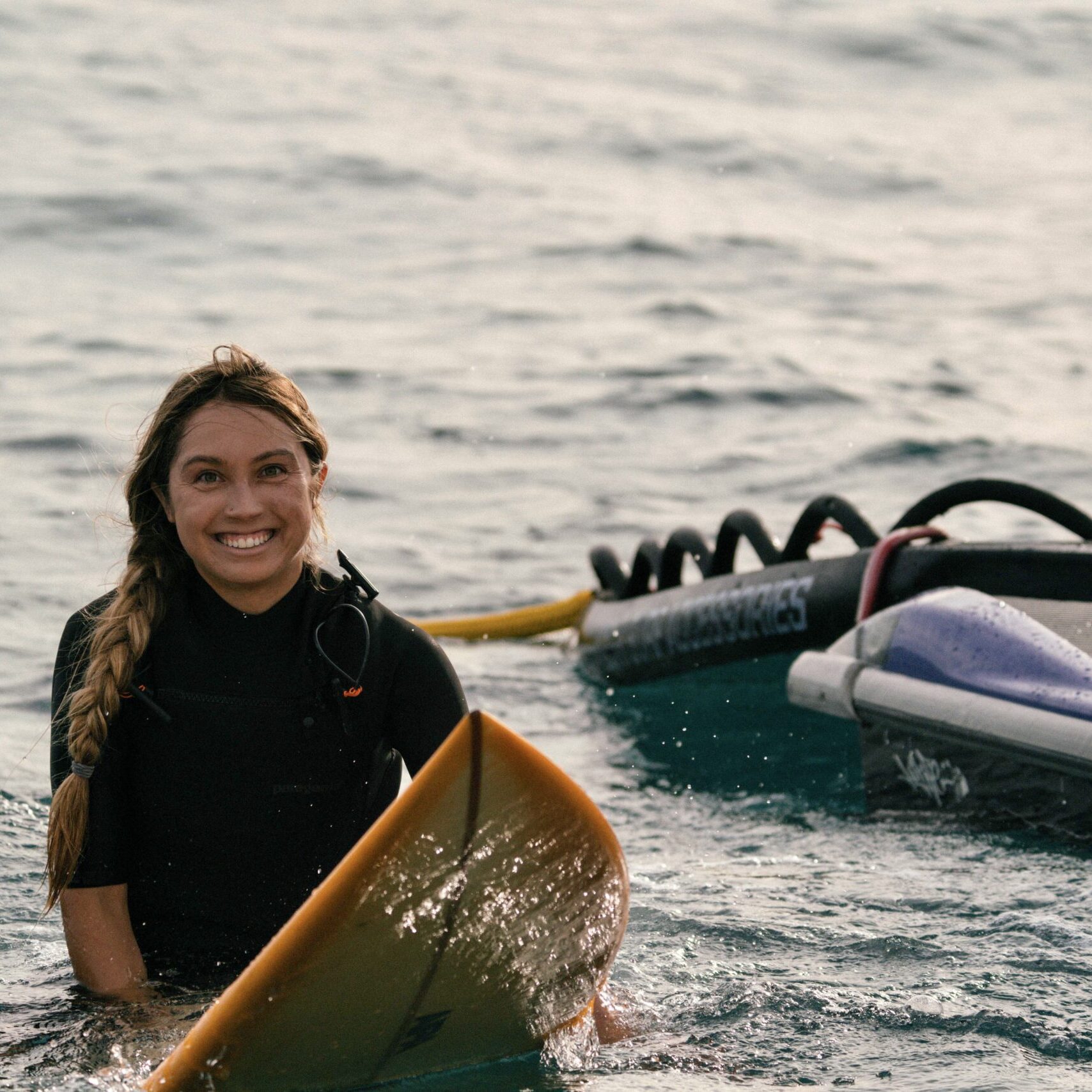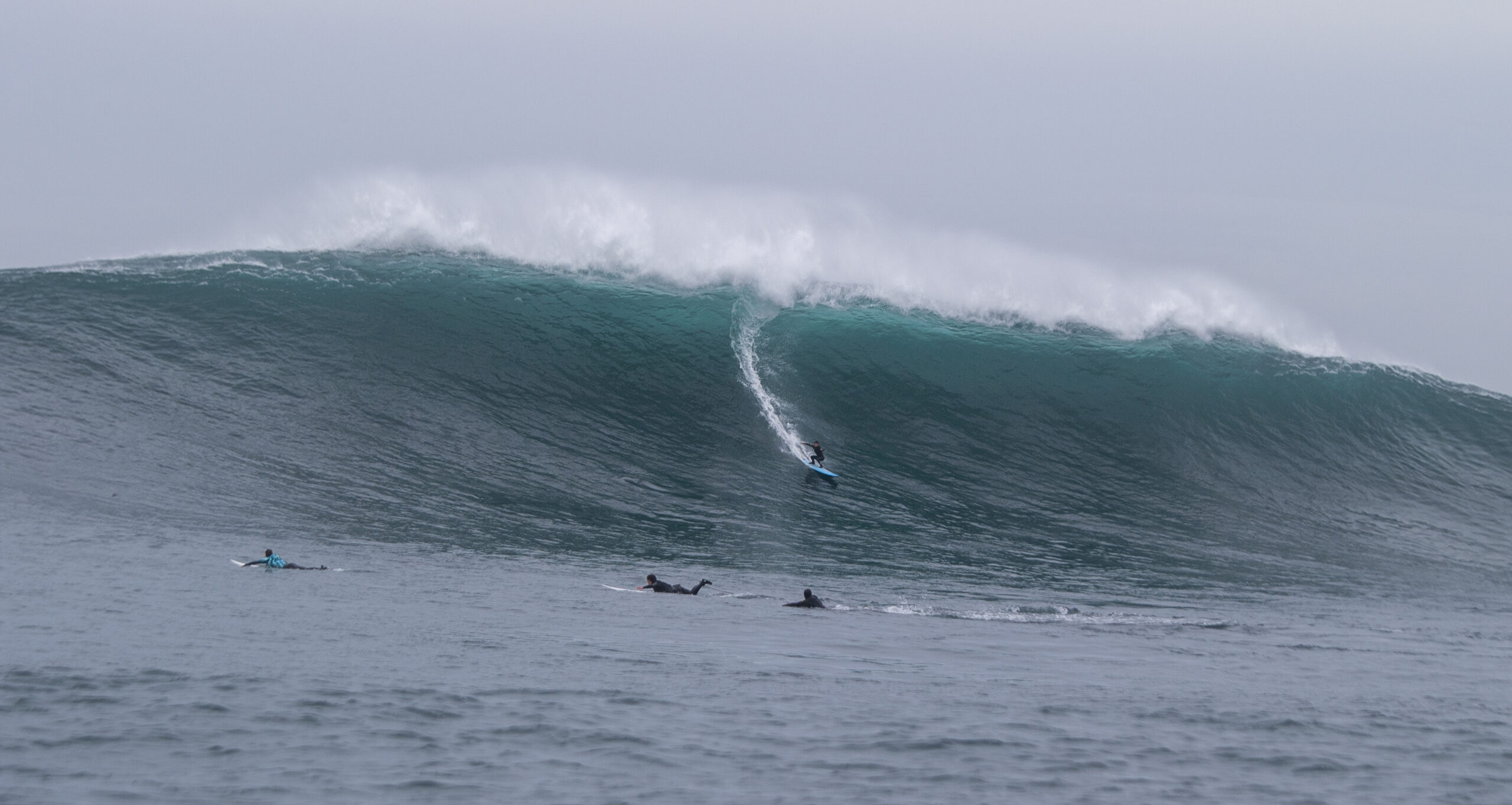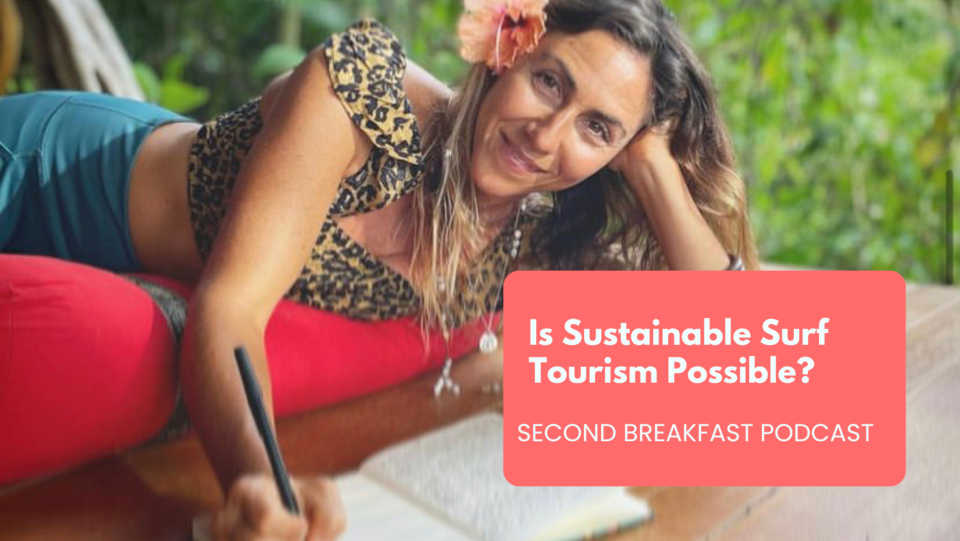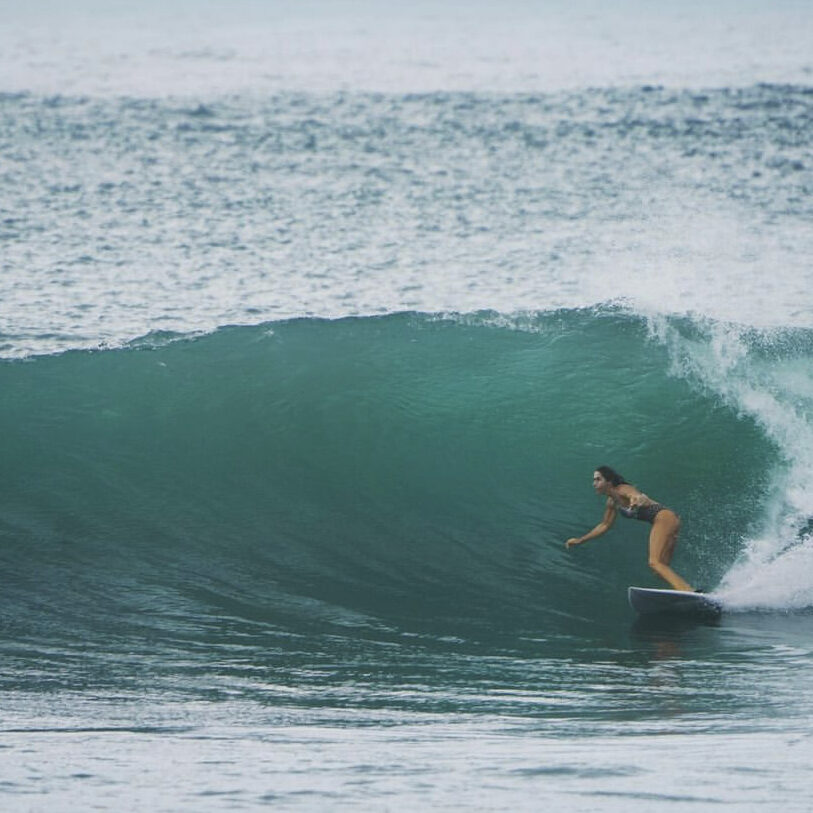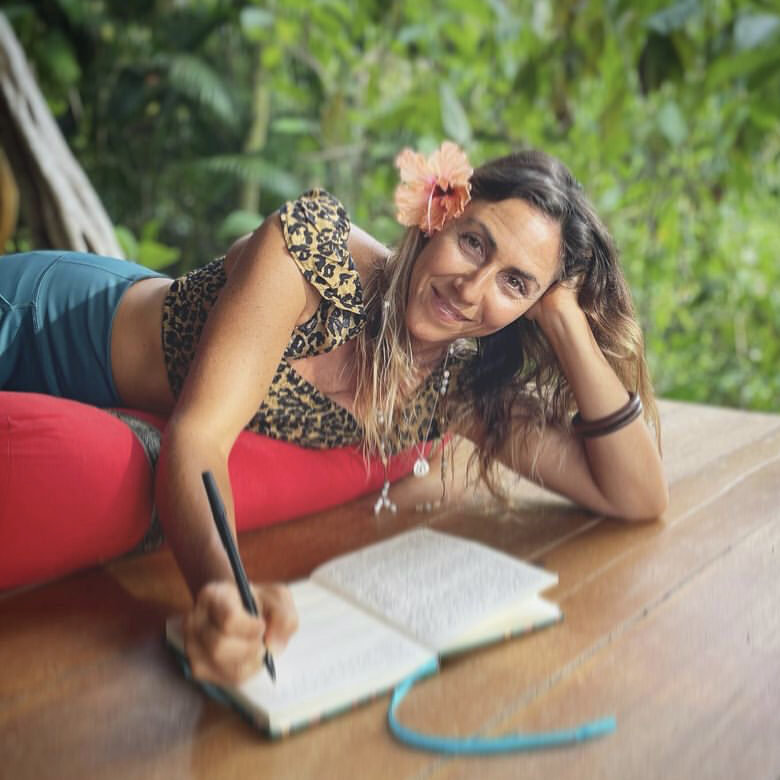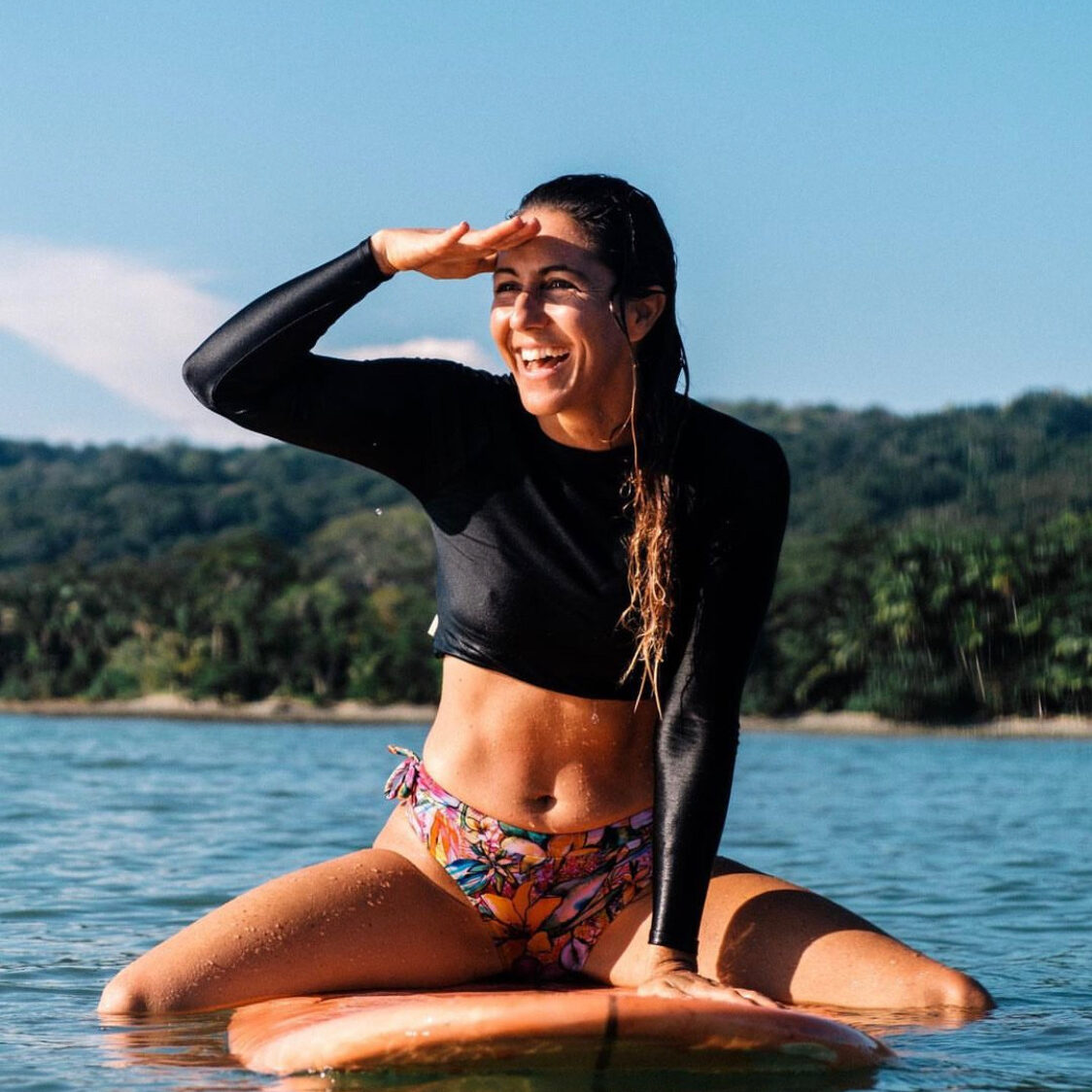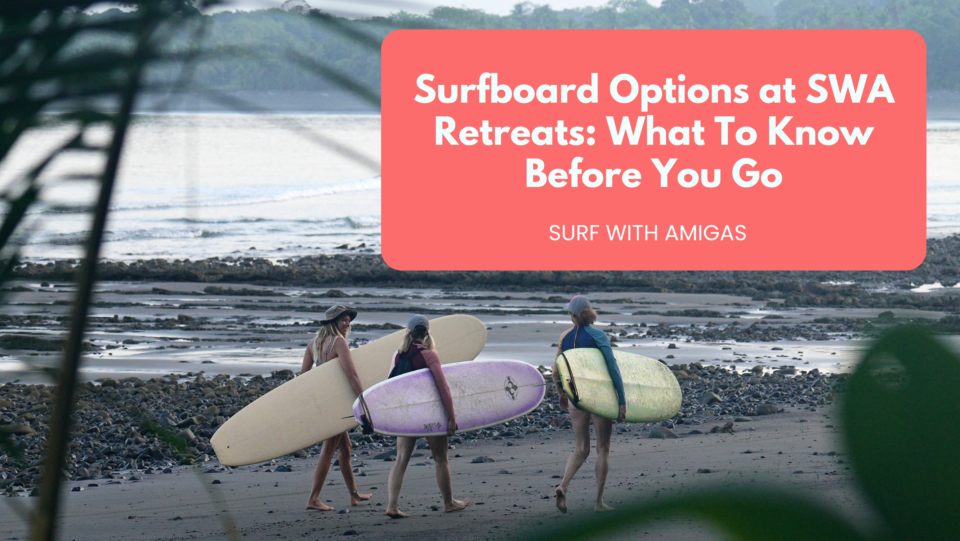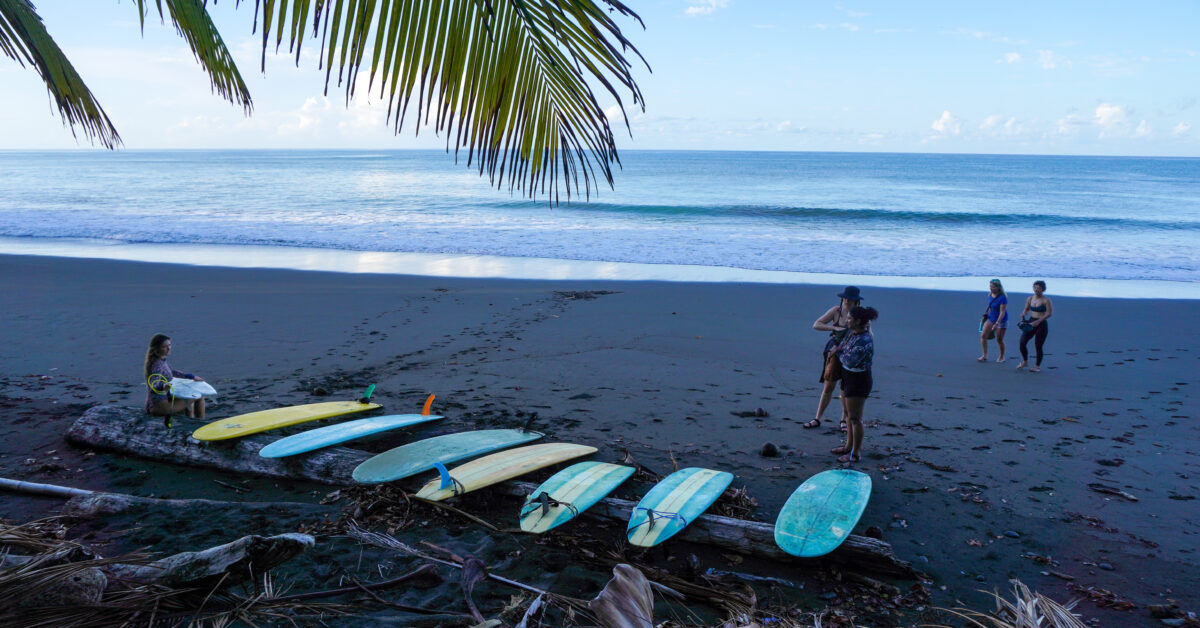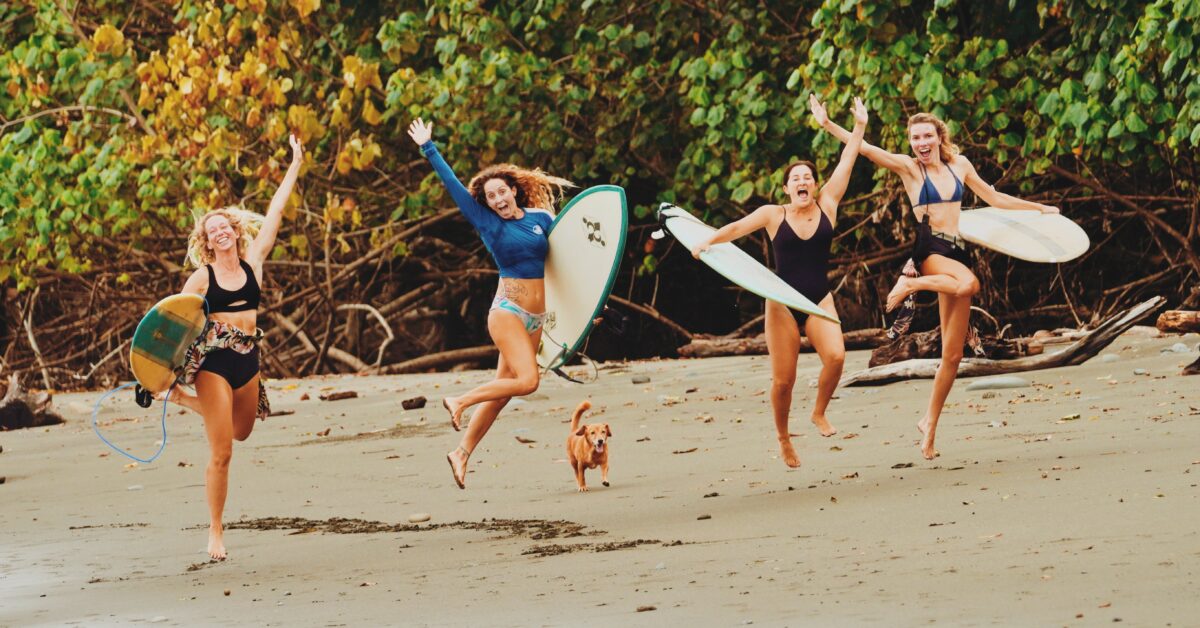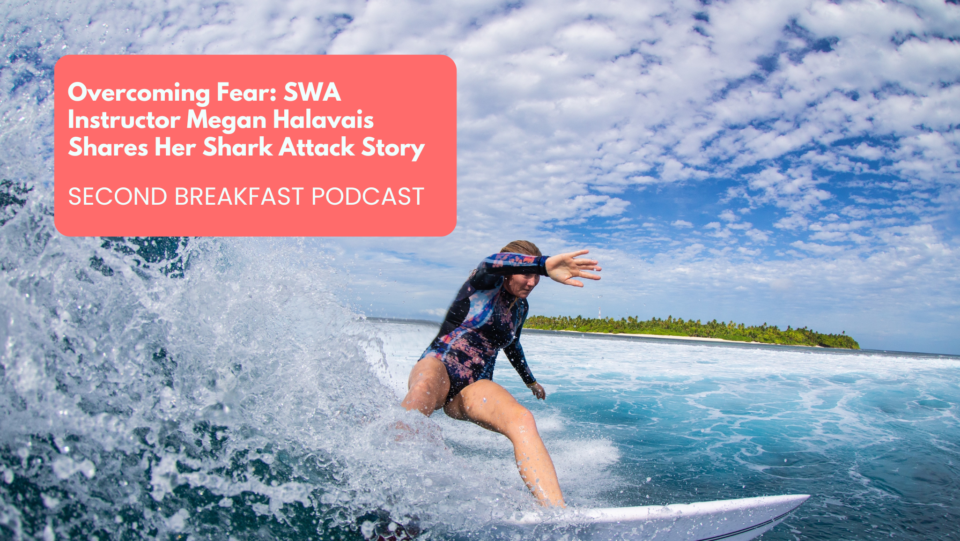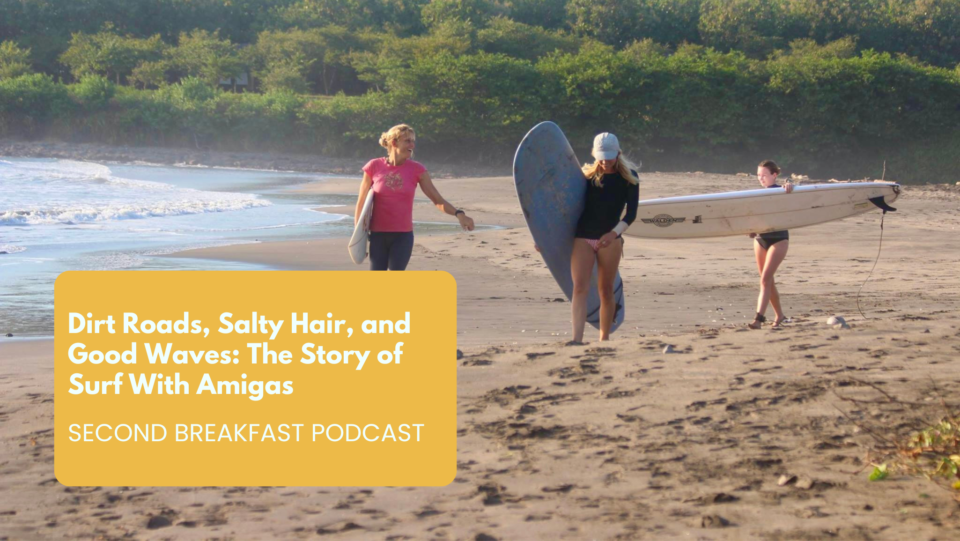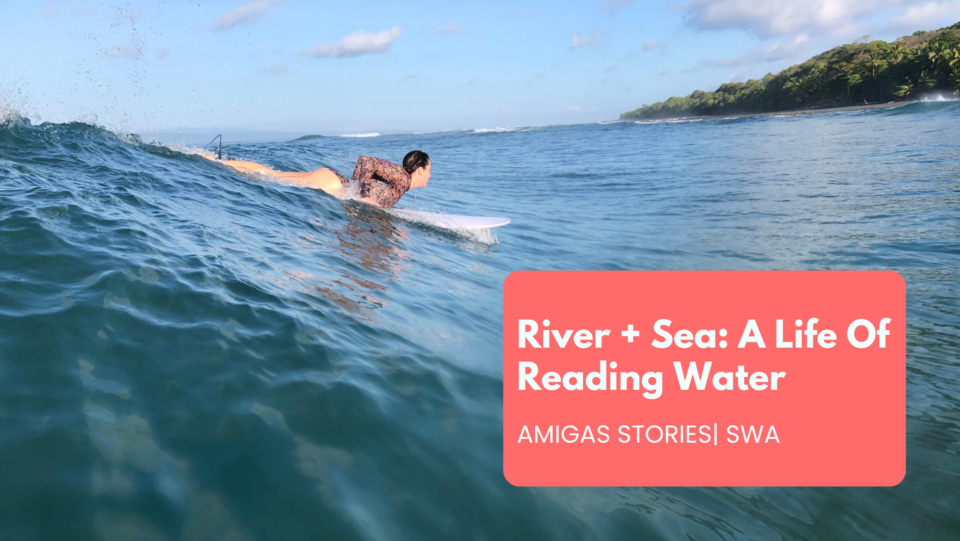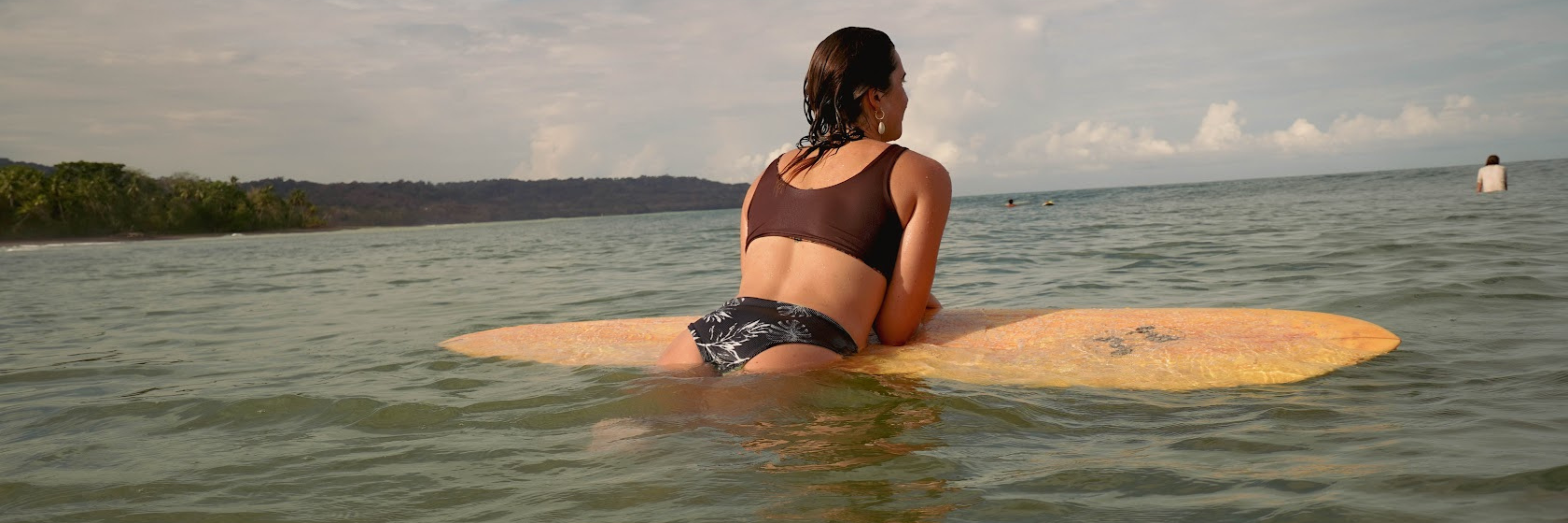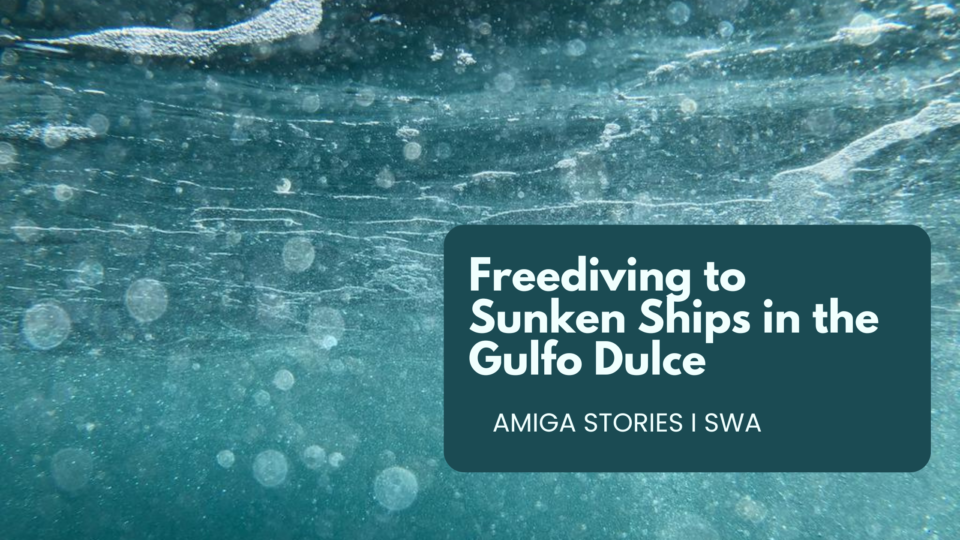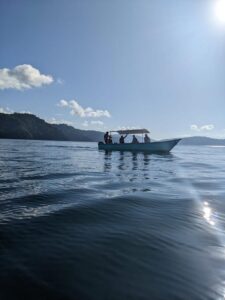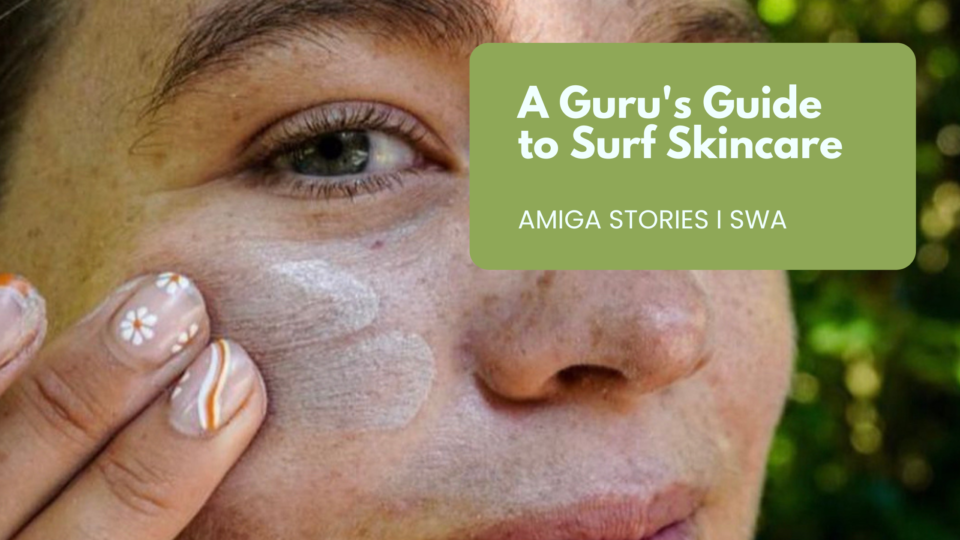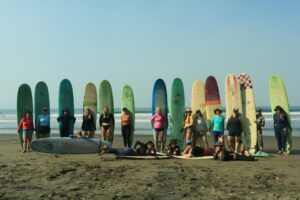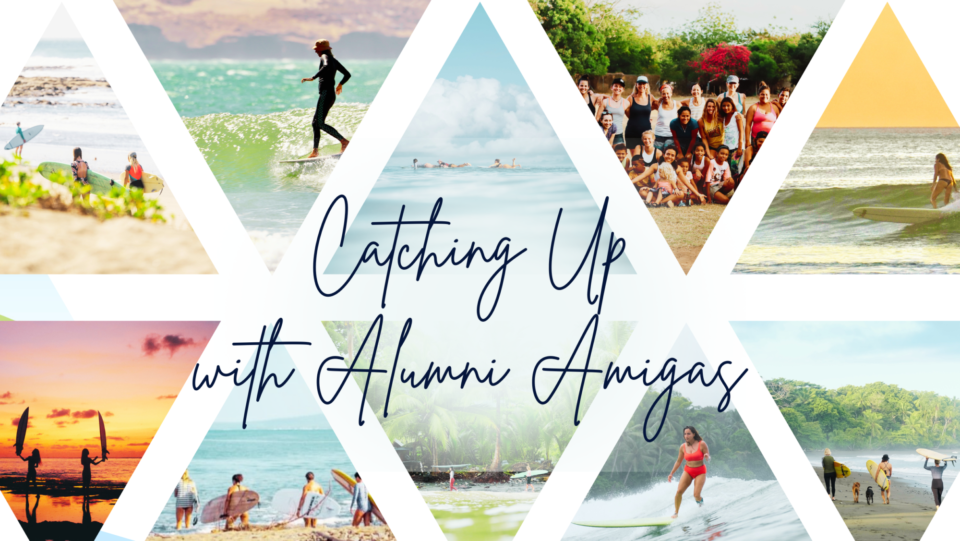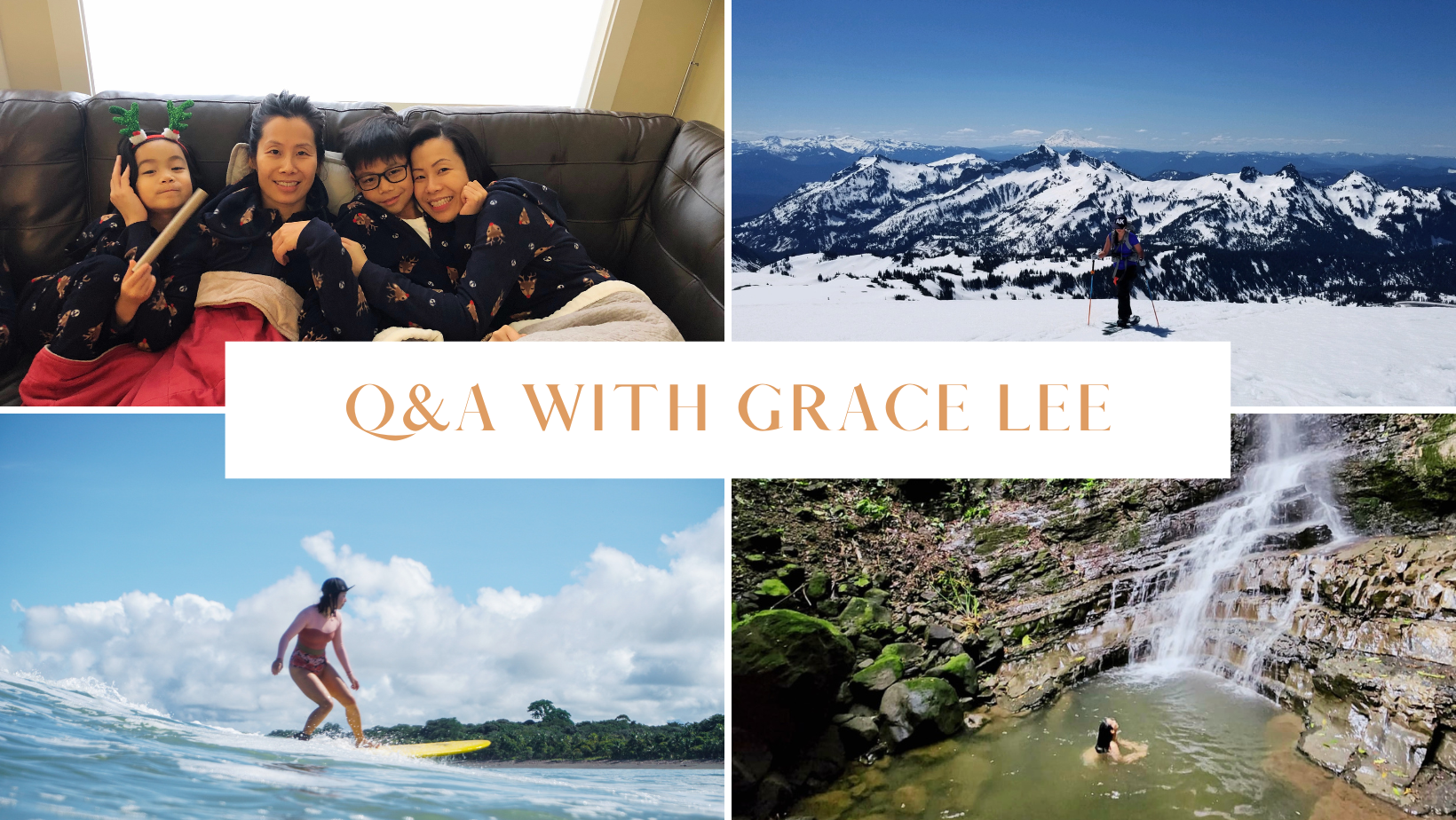If you’ve been surfing for over 10 years, chances are you remember the days when decent, stylish bikinis that stayed put in the surf were extremely difficult to come by. Or maybe, like me, you even had to succumb to buying a men’s wetsuit because of quality, availability, or sizing issues. Up until recently, the women’s surf-wear options on the market were extremely limited. Thankfully as more and more women have discovered surfing and infiltrated the predominantly male industry, we have demanded that new surf apparel standards be set.
This week we had a chance to chat with Amanda Chinchelli, founder of The Seea, a women’s surf and swimwear brand. Seea was born out of necessity. Amanda, like many other women surfers, had been searching for suits that “were comfortable for surfing, but didn’t look too sporty or skimpy. Something that looked good while working great for surfing.” And so, born from a dream and a thrifted sewing machine in San Clemente, California, Seea was formed. Seea was one of the first women’s surf brands that chose to forge a new path within the industry, creating suits by women, for women that challenge the status quo and balance surf function and style.
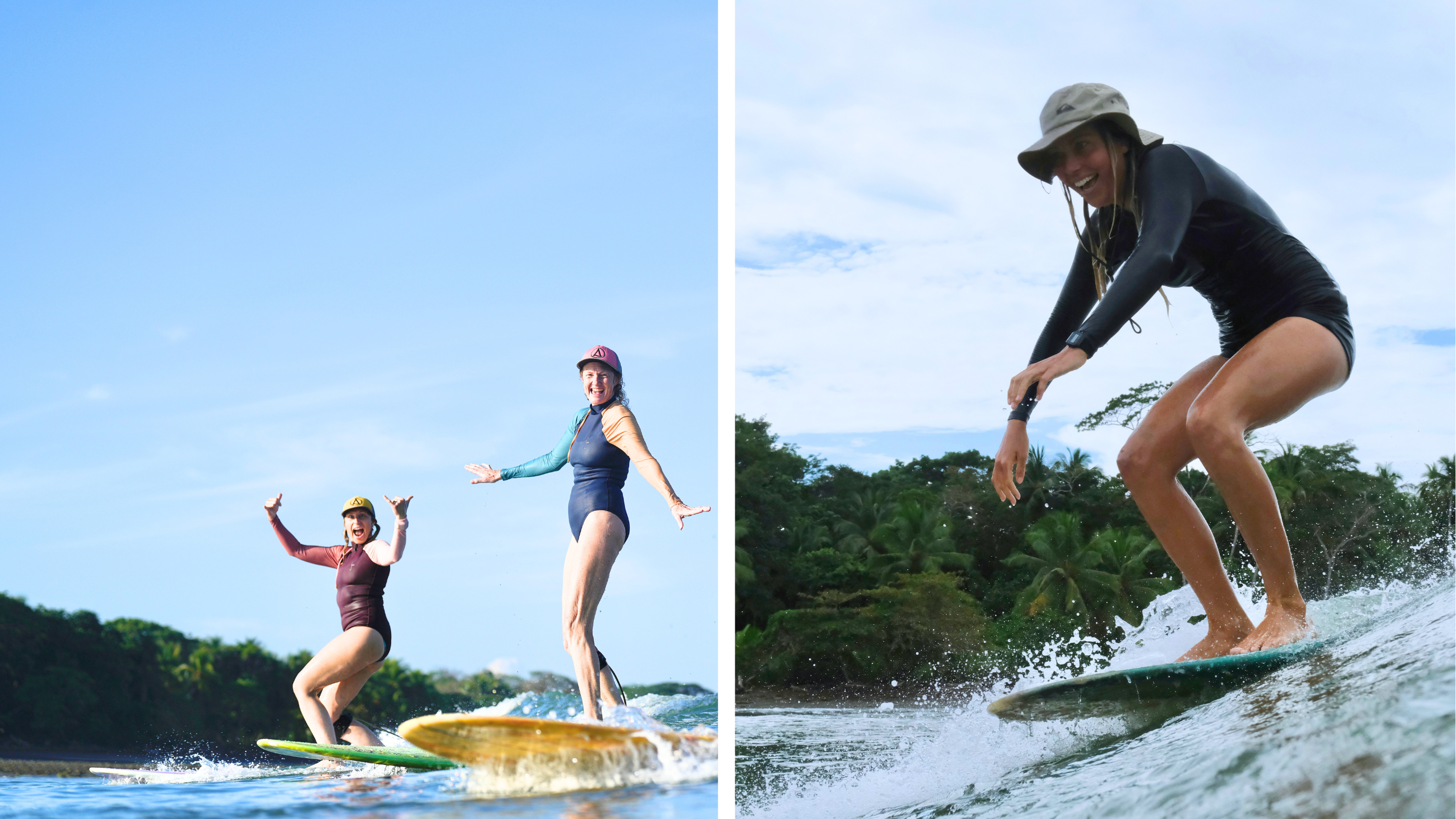
“It’s so important that we decide what beauty is. what we put out there guides the young generation to see what is beauty and what is not. We have a huge responsibility.”
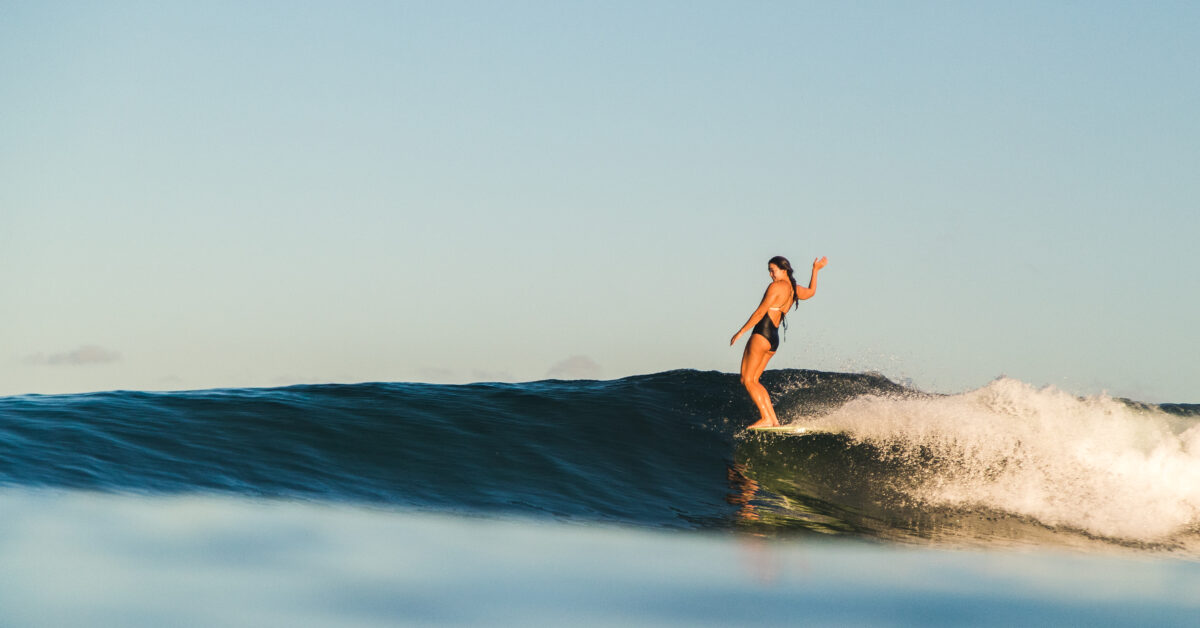
Here are 3 ways Seea, along with other up and coming women’s surf companies, are raising the bar and setting new expectations and opportunities in the industry:
1. Making Beauty and Body Image Relatable and Real
Amanda felt the pressure to “elevate [her] brand” by using professional models and photographers, but found that it didn’t work for the message she wanted to convey. She wanted to align Seea’s image with the brand ethos. Seea has been a leading example in the female surf industry that represents different body types, ages, ethnicities, and sexual/gender identification, be it through their model choice and marketing or diverse swimwear lines.
2. Sustainable materials and Local Production
The fashion industry, like the surf industry, is inherently wasteful. But like Seea, who chooses to produce all suits in-house in California, more and more brands are deciding to produce more small-batch, locally made products and use recycled materials instead of shipping manufacturing overseas. In a time when greenwashing is becoming ever-apparent, it pays to know exactly how brands are choosing to source their materials and what your dollars are supporting.
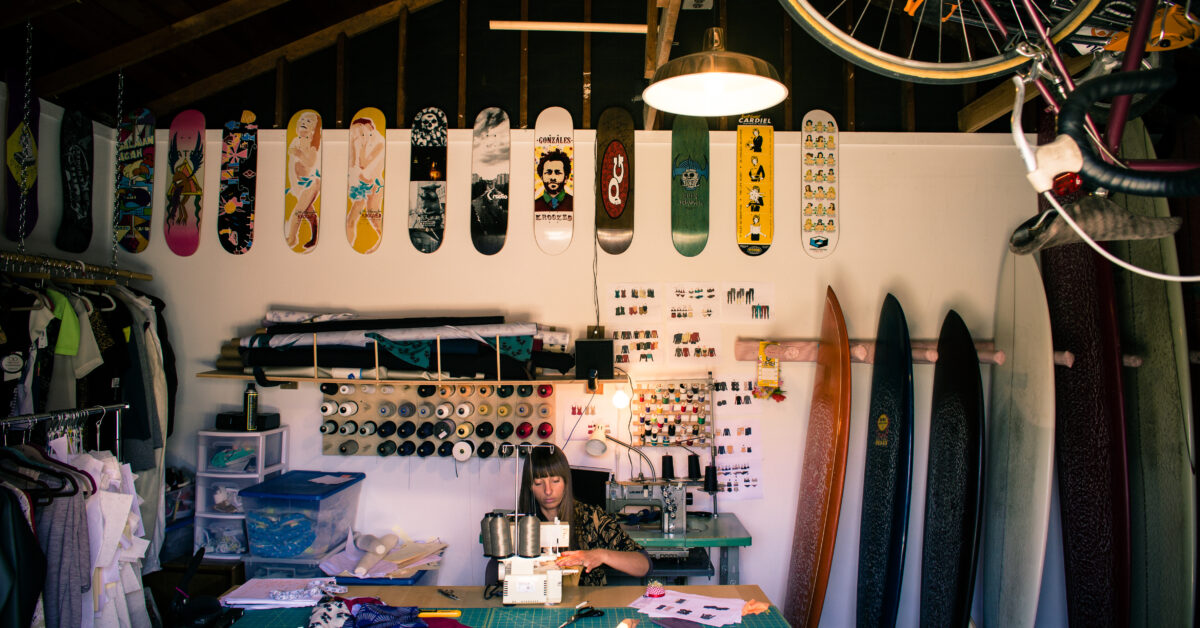
3. Creating Community
Now more than ever, women’s surf companies are creating new cultures and communities with the messages they convey in their brand images. Whether it be through blog posts, community forums or in-person beach meet-ups, brands want to genuinely connect with real people and showcase unique experiences and perspectives within the surfing space. More collaboration has created community connection and elevates opportunity in surfing for those who may have previously found the industry unwelcoming or intimidating.

